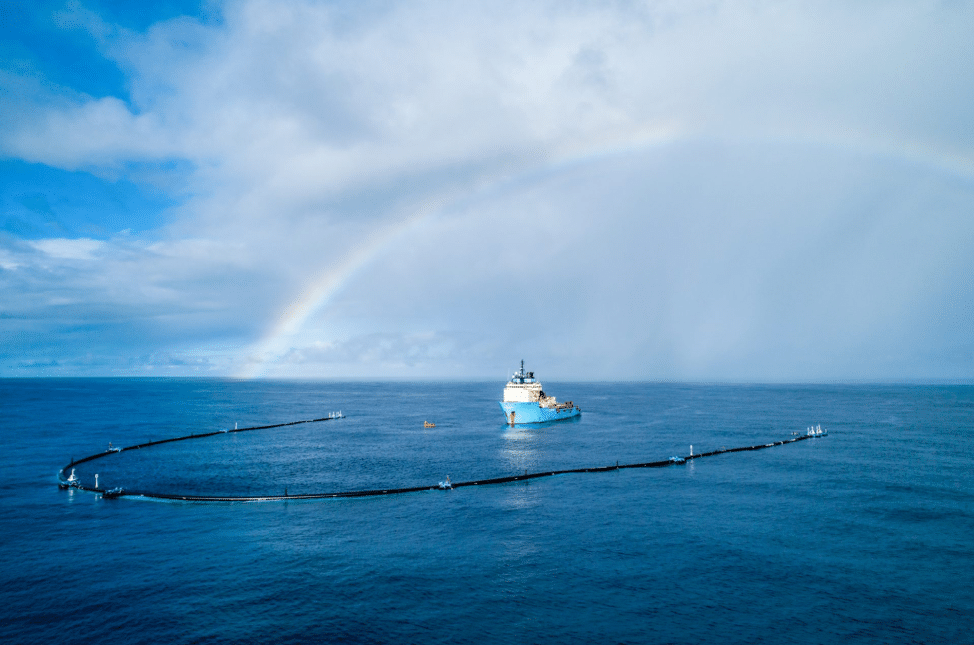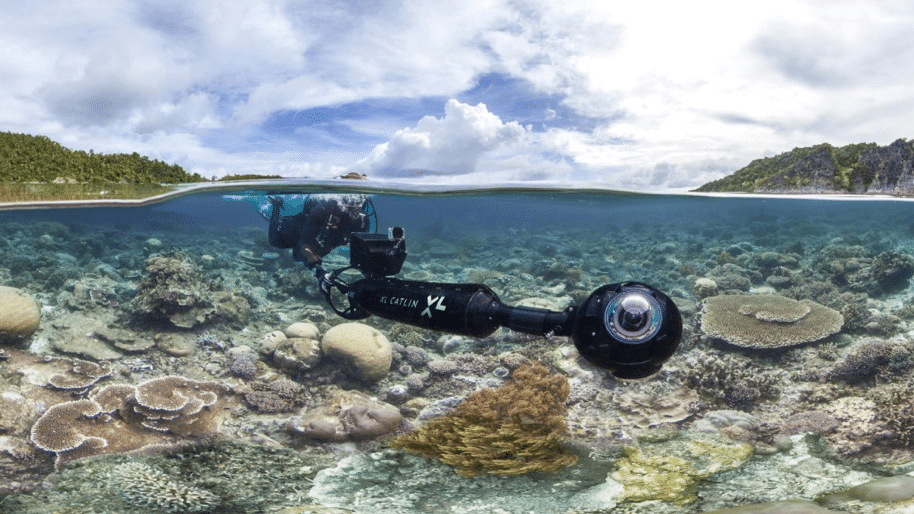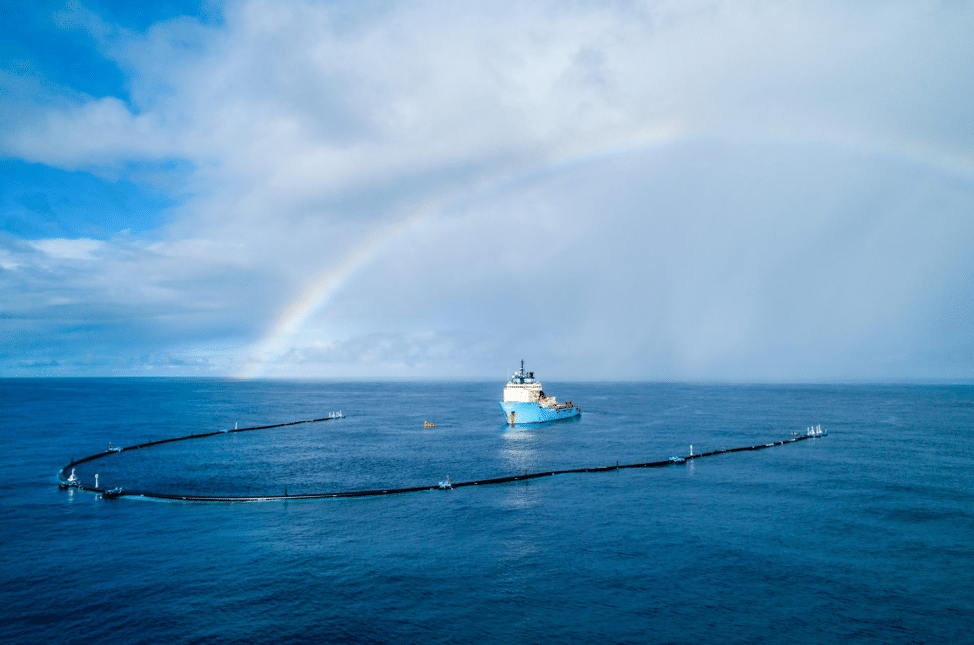One year ago, I joined the team at Fast Forward, an accelerator for nonprofit technology startups. Since Fast Forward’s inception in 2014, 59 tech nonprofits have graduated from our Accelerator Program, and they’ve impacted over 63 million lives globally. They are just a small subset of the 500+ tech nonprofits in the sector.
As a surfer and environmentalist, I especially value the tech nonprofits working to protect the ocean. By combining the power of technology with strategic nonprofit business models, these organizations are making significant waves. They’re democratizing ocean data, solving collective action problems, and offering people entirely new ways to engage with the ocean.

Underwater Earth – Taking Google Street View Below the Surface

Underwater Earth is an Australian tech nonprofit revealing what’s beneath the ocean’s surface to the world. Its first project, Google Underwater Street View, was a major collaboration with Google that extended Street View into the ocean using a unique camera developed by Underwater Earth. This nonprofit uses a library of underwater images to power virtual reality films, immersive school curriculum, and even worldwide documentation of coral bleaching.
In the last 3 years, Underwater Earth has partnered with several major funders and The University of Queensland on a bold new initiative: to identify a global portfolio of 50 coral reefs that could survive the impacts of climate change and be used to repopulate neighboring reefs. With scientists predicting that 90% of the world’s coral reefs could be gone by 2050, this initiative by Underwater Earth could be key to sustaining the world’s coral reefs beyond the middle of this century.
A fascinating discovery for me was Underwater Earth’s partnership with Google, which enabled the tech nonprofit’s virtual dives to be seen by millions of people. In just one month after Underwater Earth and Google released Underwater Street view, more people went diving virtually than have ever dived in person. The partnership appears to be a true win-win: Underwater Earth exponentially increased their impact, and Google extended a key product into new realms. The collaboration underscores that the business and nonprofit sectors can and should work together to create breakthrough climate solutions. No one group can do it alone.
Smartfin – Turning Surfers into Citizen Scientists
Smartfin has developed surfboard fins with built-in sensors to collect ocean data that measures changing ocean conditions. The fins give surfers a new way to engage with ocean and climate research while filling a gap in nearshore ocean data for scientists.
Like Underwater Earth, Smartfin forged a unique partnership to support product development. They’ve formed an advisory partnership with Futures Fins, one of the largest surfboard fin companies, allowing the two to share technical expertise on fin design and models. I’m confident that Futures Fins would not have entered the oceanography space if an impact-driven nonprofit like Smartfin had not come along and offered Futures a unique way to contribute. This is another example of collaboration between a business and a tech nonprofit resulting in an impactful product.
The Ocean Cleanup – Shrinking the Great Pacific Garbage Patch
The Ocean Cleanup is developing advanced technological systems to rid the oceans of plastic. Their passive ocean cleanup rig makes use of natural forces and a sea anchor to make it move consistently slower than the plastic, to be able to capture the plastic debris. They’ve also developed a solar-powered system called The Interceptor, which gathers the plastic waste floating down major rivers before it enters the ocean.
Every single year, 8 million metric tons of plastic end up in the ocean. Ocean plastic pollution is the ultimate collective action problem – it is an issue that negatively affects everyone but does not incentivize any one individual or group to solve the problem. As a tech nonprofit guided by impact over financial gain, The Ocean Cleanup is flipping the script on the ocean plastic problem. They are becoming a catalyst that unites people, companies, and governments to act collectively to solve this universal problem. Sometimes, all it takes is a bold tech nonprofit to start a movement that can change the world.

You Can Help These Tech Nonprofits
If you’re as inspired by these ocean tech nonprofits as I am, there is a lot you can do besides donating money (although that never hurts!) to support them. Sign up for their newsletters, tell your friends about them, check out their volunteer opportunities, and share them as examples of how all kinds of organizations have an important role to play in fighting for the health of our planet.
To learn even more about the amazing organizations pushing for ocean health and the people behind them, visit the Eat BlueTM platform and sign up for the newsletter. If you’d like to take it one step further, visit the Take Action Page for some suggestions on how to become a changemaker in ocean health and spread the message with others.
